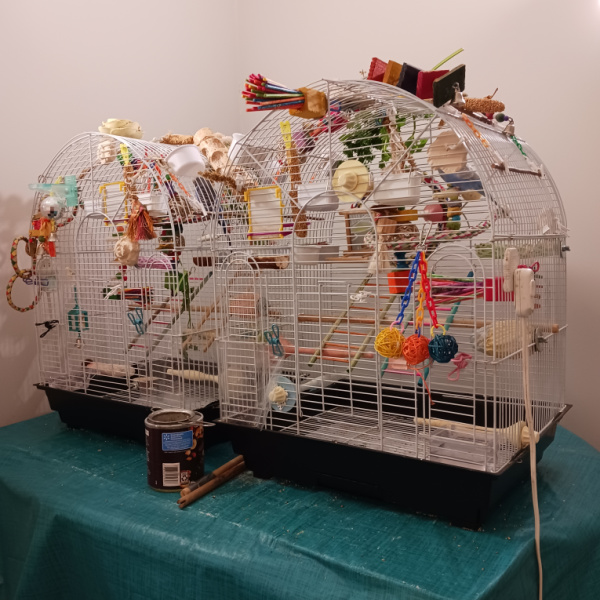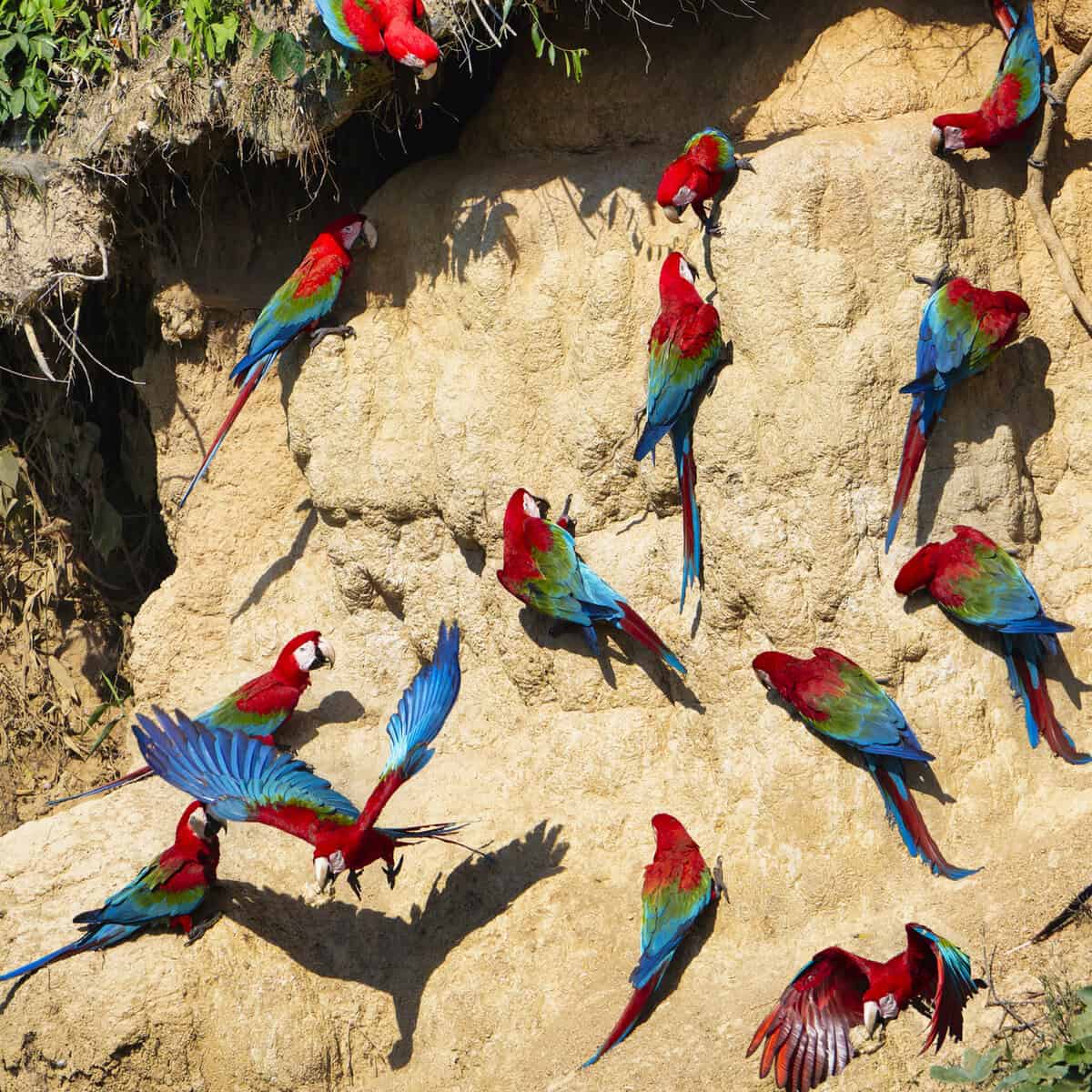
Why Are Flocks So Important for Parrots?
Last Updated on by Mitch Rezman
Understanding the Social Dynamics of Parrots: The Vital Role of Flocks in Their Lives
Just like humans who thrive in social environments, parrots also find significant benefits in living within groups known as flocks.
For parrots, being part of a flock is not just a lifestyle choice; it is crucial for their survival and well-being.
This article delves into the importance of flocks for parrots, focusing on the safety, communication, and social interactions that define their group dynamics.
The Safety Benefits of Flock Living
Parrots, like many other animals, adhere to the principle of “safety in numbers.” As prey species, their survival often depends on their ability to evade predators. Being in a flock significantly enhances their chances of survival.
Within these groups, parrots engage in various activities such as foraging, resting, and playing, creating a vigilant community that looks out for each other.
Some flock members even specialize in monitoring for potential threats, ensuring the group’s safety while others perform daily tasks.
Communication within the Flock: More Than Just Chirps
Communication is a cornerstone of the parrot social structure.
Despite lacking the ability to use words like humans, parrots have developed complex systems of vocalizations and body language to meet their social needs.
Dr. Tim Wright of New Mexico State University has explored how these birds use “flock-specific calls,” which act similarly to passwords, allowing new members to integrate and benefit from the group.
This ability to mimic and learn from each other’s sounds is akin to humans adopting accents to blend into new social settings.
Vocalization: The Language of Parrots
Vocal communication among parrots is sophisticated and serves multiple purposes:
- Contact Calls: These are used to check the location and status of fellow flock members.
- Warning Sounds: These signals alert the group to potential dangers, enhancing communal protection.
- Social Status Indicators: Sounds can also convey a parrot’s comfort level or anxiety, maintaining social order within the flock.
Avian Body Language: Subtle Gestures and Their Meanings
Parrots also communicate extensively through body language, a system so nuanced that humans often misinterpret these gestures. This form of communication, known as Avian Body Language (ABL), is vital for expressing emotions and intentions within the flock.
Here are a few ways parrots use their bodies to communicate:
- Greetings: Species like the African Grey Parrot may tap beaks as a form of salutation.
- Alertness and Danger:** A parrot’s posture can indicate alertness to danger, readying the flock for a quick escape if necessary.
- Wellbeing and Comfort:** Relaxed postures and soft vocalizations suggest a safe environment, encouraging others to rest.
The Social Interactions: Play, Affection, and Conflict
Despite their need for occasional solitude, parrots are inherently social and engage in various interactions that strengthen flock bonds:
- Preening and Play: These activities are not only for cleanliness and fun but also serve as bonding exercises within the flock.
- Displeasure and Aggression: Parrots communicate displeasure through body postures and sounds, which helps maintain social boundaries and resolve conflicts within the group.
How Understanding Parrot Communication Can Enhance Pet Care
For parrot owners, understanding these communication methods is essential.
Misinterpretations of a parrot’s signals can lead to behavioral issues like biting.
Recognizing and responding appropriately to these cues can greatly improve the relationship between parrots and their human caregivers, leading to a happier and healthier life for captive birds.
By learning from the natural interactions of parrots within flocks, owners can create a more supportive environment that mimics the social structures these birds are adapted to.
This not only alleviates stress for the parrots but also enriches their daily lives, making them more engaging and contented companions.
In conclusion, the flock lifestyle is fundamental to a parrot’s survival and quality of life. Understanding and replicating the key elements of flock dynamics can help pet owners provide better care and forge stronger bonds with their feathered friends.
As we continue to explore and appreciate the complex social lives of parrots, we unlock more ways to improve their well-being and our interactions with them.
Written by Mitch Rezman and the Windy City Parrot Content Team
Author Profile
Latest entries
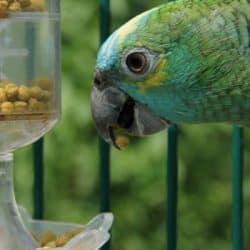 Feeding Exotic BirdsDecember 29, 2025How to Switch or Convert Your Bird From Seeds to Pellets: Real-Life Case Studies and Practical Guidance
Feeding Exotic BirdsDecember 29, 2025How to Switch or Convert Your Bird From Seeds to Pellets: Real-Life Case Studies and Practical Guidance Feeding Exotic BirdsDecember 16, 2025A Practical, Budget-Smart Guide to Feeding Birds Well
Feeding Exotic BirdsDecember 16, 2025A Practical, Budget-Smart Guide to Feeding Birds Well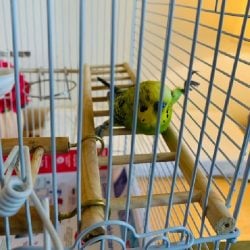 Bird EnviornmentsDecember 7, 2025Understanding Budgie Cage Bar Orientation: Myths, Realities & Practical Solutions for Vertical-Bar Bird Cages
Bird EnviornmentsDecember 7, 2025Understanding Budgie Cage Bar Orientation: Myths, Realities & Practical Solutions for Vertical-Bar Bird Cages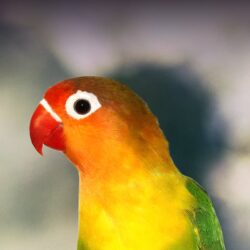 Feeding Exotic BirdsDecember 5, 2025How Dr. T.J. Lafeber Rewrote the Future of Pet Bird Nutrition
Feeding Exotic BirdsDecember 5, 2025How Dr. T.J. Lafeber Rewrote the Future of Pet Bird Nutrition


